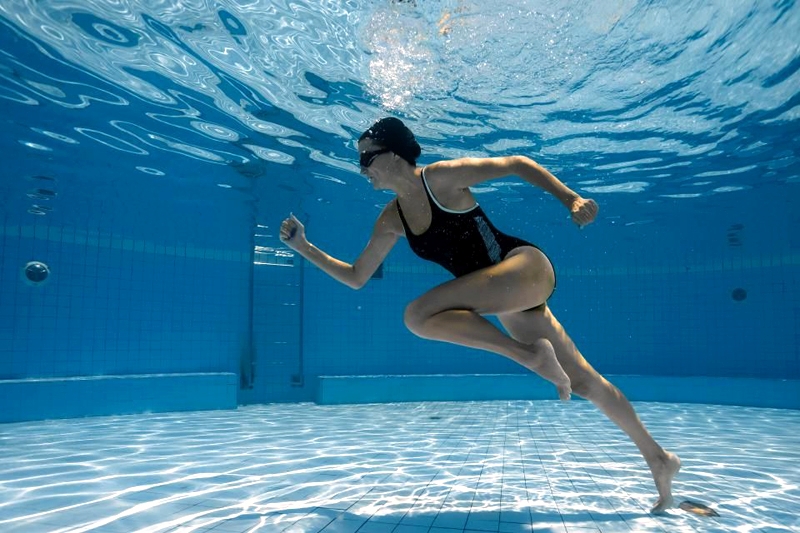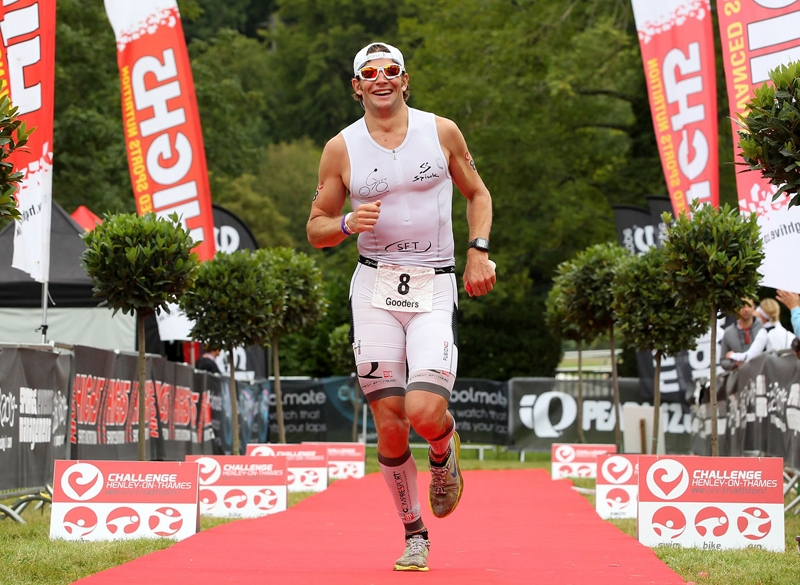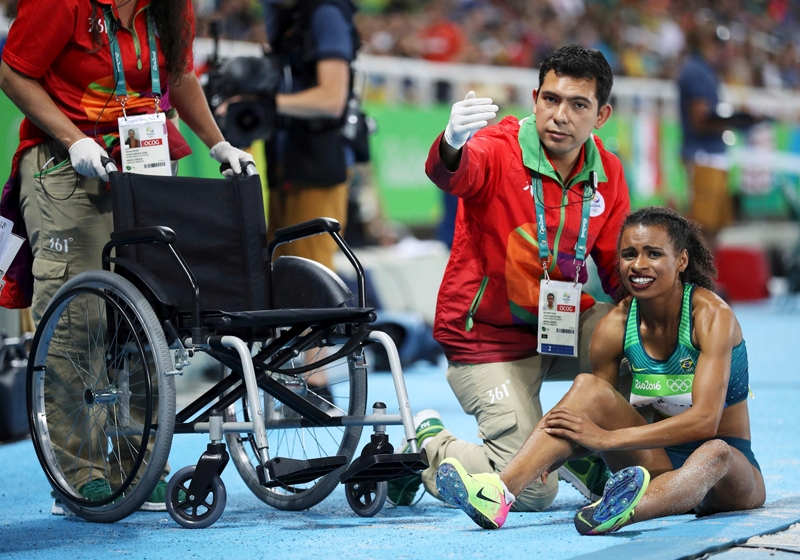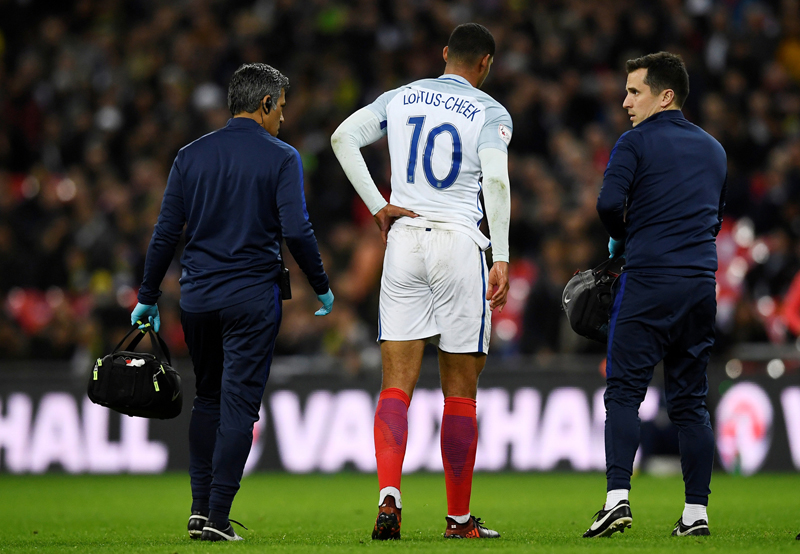You are viewing 1 of your 1 free articles. For unlimited access take a risk-free trial
Acute to chronic workload ratio: fact or fiction?

Can the use of the ‘acute to chronic workload ratio’ formula really reduce the risk of injury? Sports Performance Bulletin looks at brand new research…
Back in 2016, an important study was published describing the ‘Training-Injury Prevention Paradox’. This is a phenomenon whereby athletes accustomed to high training loads appear to experience fewer injuries than athletes training at lower workloads. The authors argued that most sports injuries are not caused by training per se, but more likely by an inappropriate training program – in particular, excessive and rapid increases in training loads, or insufficient loadings to ensure adequate base conditioning.
The ACWR paradigm
As a committed athlete or coach/trainer, you may well have encountered this paradox – or rather a proposed solution to it – in the guise of the ‘acute to chronic workload ratio’ or ACWR for short. The premise of the ACWR formula is that an athlete’s injury risk can be predicted by calculating the ratio between acute training loads (training performed over the past week) and chronic training loads (average training accumulated over a longer period of time – usually estimated at four weeks) – see figure 1. The theory is that if the acute training load is too high in relation to the chronic training load, the athlete is doing much more training than usual – ie creating a ‘spike’ in training load. These training load spikes are viewed as high risk for injury. However, if the acute training load is much lower than the chronic training load, this represents a state of detraining, where athletes may be at increased risk of injury because they are not being adequately prepared for the demands of the sport they play.
Figure 1: Relationship between the acute to chronic workload ratio (ACWR) and injury risk

Testing the model
Despite rapidly gaining acceptance among a large number of clinicians and trainers, some scientists have criticized the ACWR formula as a tool to help prevent injuries in athletes - most notably that the data used to support its use were statistically underpowered (ie did not include enough data/subjects to eliminate random errors). But another (and possibly more valid) criticism is that while the ACWR model sounds extremely plausible, no study to date has ever tested whether its application as a training intervention does indeed reduce injury risk in real athletes in the real world. However, a new study of 482 elite youth soccer players published last week in the British Journal of Sports Medicine has put the ACWR model to the test and come up with intriguing data [Br J Sports Med . 2020 Oct 9;bjsports-2020-103003].
New research
In this study, Norwegian researchers randomized 34 elite youth football teams (16 female teams, 18 male teams) to an intervention group (18 teams) and a control group (16 teams). In the intervention group, coaches planned all the training sessions based on published ACWR load-management principles for a complete 10-month season. The control-group coaches meanwhile continued to plan training as normal (ie without applying the principles of ACWR model). The prevalence of health problems was measured monthly in both groups using the Oslo Sports Trauma Research Centre Questionnaire on Health Problems, and after ten months the results from each group were compared.
The key finding was that after ten months, there were absolutely no differences between the two groups in terms of primary care outcomes (ie injuries suffered). The fact that the ACWR intervention yielded no positive injury-reducing benefits is a important finding; not only is this the first time that ACWR has been evaluated in an experimental study, the relatively large sample size suggests these findings have real significance.
Given these findings, should we as clinicians abandon the ACWR model when considering training history and interventions? Well, this is just one study and more research will be needed to confirm (or refute) the ACWR model validity. What we can conclude however is that the situation is far from clear cut – something that Jason Tee recently argued in our sister publication Sports Injury Bulletin. In his article - “The acute:chronic workload ratio – science or religion?” - Jason looks at the previous evidence for the validity of the acute to chronic workload ratio theory and asks is it overhyped, and is there a better way of mapping out the progression in training load? Can the ACWR model be refined or should we ditch it completely? Follow the link above to separate the facts from the fiction!
See also:
Newsletter Sign Up
Testimonials
Dr. Alexandra Fandetti-Robin, Back & Body Chiropractic
Elspeth Cowell MSCh DpodM SRCh HCPC reg
William Hunter, Nuffield Health
Newsletter Sign Up
Coaches Testimonials
Dr. Alexandra Fandetti-Robin, Back & Body Chiropractic
Elspeth Cowell MSCh DpodM SRCh HCPC reg
William Hunter, Nuffield Health
Keep up with latest sports science research and apply it to maximize performance
Today you have the chance to join a group of athletes, and sports coaches/trainers who all have something special in common...
They use the latest research to improve performance for themselves and their clients - both athletes and sports teams - with help from global specialists in the fields of sports science, sports medicine and sports psychology.
They do this by reading Sports Performance Bulletin, an easy-to-digest but serious-minded journal dedicated to high performance sports. SPB offers a wealth of information and insight into the latest research, in an easily-accessible and understood format, along with a wealth of practical recommendations.
*includes 3 coaching manuals
Get Inspired
All the latest techniques and approaches
Sports Performance Bulletin helps dedicated endurance athletes improve their performance. Sense-checking the latest sports science research, and sourcing evidence and case studies to support findings, Sports Performance Bulletin turns proven insights into easily digestible practical advice. Supporting athletes, coaches and professionals who wish to ensure their guidance and programmes are kept right up to date and based on credible science.












